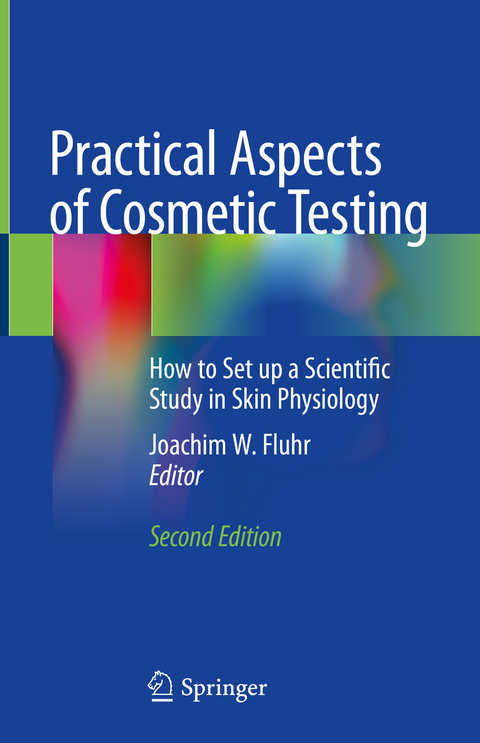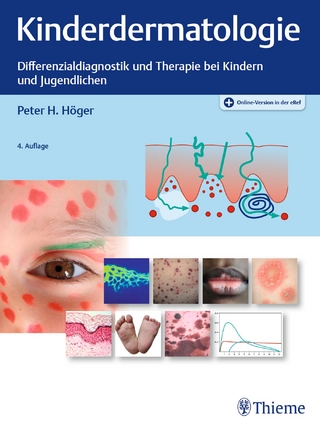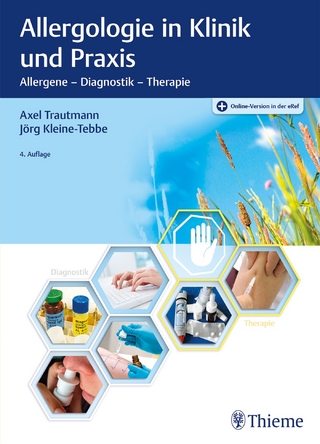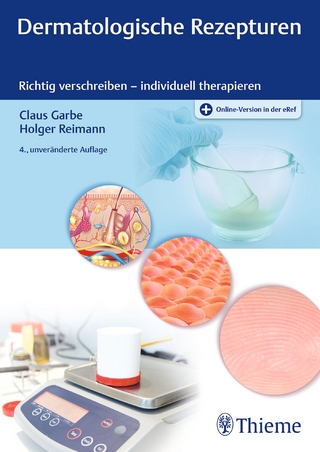
Practical Aspects of Cosmetic Testing
Springer International Publishing (Verlag)
978-3-030-44966-7 (ISBN)
Skin physiology assessment is moving from a descriptive approach to a deeper understanding of biophysical and biochemical processes in the stratum corneum, such as epidermal barrier function and stratum corneum hydration. New, non-invasive approaches offer reliable and reproducible methods for product testing in the pharmaceutical and cosmetic industry, as well as in basic research. While standard instruments focus on functional aspects, innovative devices offer a deeper understanding of underlying mechanisms.
This book discusses the assessment of skin physiology and of skin functions in clinical studies using non-invasive biophysical instruments, offering readers a comprehensive guide to planning, performing and evaluating the results of scientific studies in skin measurement and the legal framework for these studies. Written by leading experts in the field, it focuses on practical aspects of non-invasive measurements. After introducing the legal aspects of the current framework for clinical cosmetic studies and basic research in cosmetology, it explores the technical practicalities of organizing a testing lab and the pre-requirements for planning a study. The third and main section addresses specific topics in cosmetic testing e.g. skin hydration, and also includes chapters on sensory aspects and in vivo skin structure vizualization.
This new, updated edition of Practical Aspects of Cosmetic Testing is a valuable tool for researchers, students, and medical staff wanting to gain insights into how best to assess skin functions in controlled studies using non-invasive biophysical instruments.
Joachim W. Fluhr, M.D., is an Adjunct Professor at the Department of Dermatology, Charité Universitätsmedizin, Berlin, and a Research Associate at the Dept. of Dermatology and Allergology. After completing his medical training at the University of Mainz, Germany and the University of Strasbourg, France, and earning his degree in 1992, he served as a dermatology resident at the Hospital of Karlsruhe, and visiting researcher at IRCCS Polyclinic S. Matteo, Pavia, Italy, earning a postdoctoral fellowship in 2002 after two years with P. Elias and K. Feingold. Dr Fluhr is board member of the International Society for Biophysics and Imaging of the Skin (ISBS). He has authored over 180 international, peer-reviewed original publications (H-Index 63), 250 presentations at international meetings (both oral and poster), 20 book chapters and edited 6 books. He is an associate editor of the journals Skin Pharmacology and Physiology; Cosmetics , and an editorial board member of the journals Skin Research and Technology , International Journal of Cosmetic Science , Biomedical and Biopharmaceutical Research and International Journal of Dermatology and Venereology .
Chapter 1. Regulatory Aspects.- Chapter 2. Ethical aspects of cosmetic testing.- Chapter 3. Good Clinical Practice.- Chapter 4. Guidelines in Skin Testing.- Chapter 5. Claim Support: How to Create and Substantiate Claims.- Chapter 6. Testing Laboratory.- Chapter 7. Research Staff.- Chapter 8. Testing Population.- Chapter 9. Testing Devices and Methods.- Chapter 10. Factors influencing measurements.- Chapter 11. Study Design.- Chapter 12. Cosmetic testing report.- Chapter 13. Moisturizers and Emollients.- Chapter 14. Antiaging and Antiwrinkle Products.- Chapter 15. Products for impure skin and acne-like skin.- Chapter 16. Assessment of Hair Morphology.- Chapter 17. Skin colour and pigmentation.- Chapter 18. Characterization of Sunscreens: Determination of the SPF.- Chapter 19. Practical Aspects of Shampoo and Conditioner Testing.- Chapter 20. Antiperspirants and Deodorants.- Chapter 21. Hair Growth.- Chapter 22. Sensory Perception.- Chapter 23. Novel methods for in vivo skin structure visualization.- Chapter 24. ASSESMENT OF PRURITUS AND SENSITIVE SKIN.- Chapter 25. Practical Use and Significance of Transepidermal Water Loss Measurements.- Chapter 26. Compliance Check with On-Site Measurements: Advanced Ways in Product Testing.
| Erscheinungsdatum | 09.07.2020 |
|---|---|
| Zusatzinfo | X, 317 p. 34 illus., 24 illus. in color. |
| Verlagsort | Cham |
| Sprache | englisch |
| Original-Titel | Practical Aspects of Cosmetic Testing |
| Maße | 155 x 235 mm |
| Gewicht | 651 g |
| Themenwelt | Medizin / Pharmazie ► Medizinische Fachgebiete ► Dermatologie |
| Schlagworte | biophysical instruments • controlled studies • laboratory requirements • product testing • Skin Functions • skin measurements • skin physiology • Skin Testing • Stratum corneum • testing devices |
| ISBN-10 | 3-030-44966-1 / 3030449661 |
| ISBN-13 | 978-3-030-44966-7 / 9783030449667 |
| Zustand | Neuware |
| Haben Sie eine Frage zum Produkt? |
aus dem Bereich


